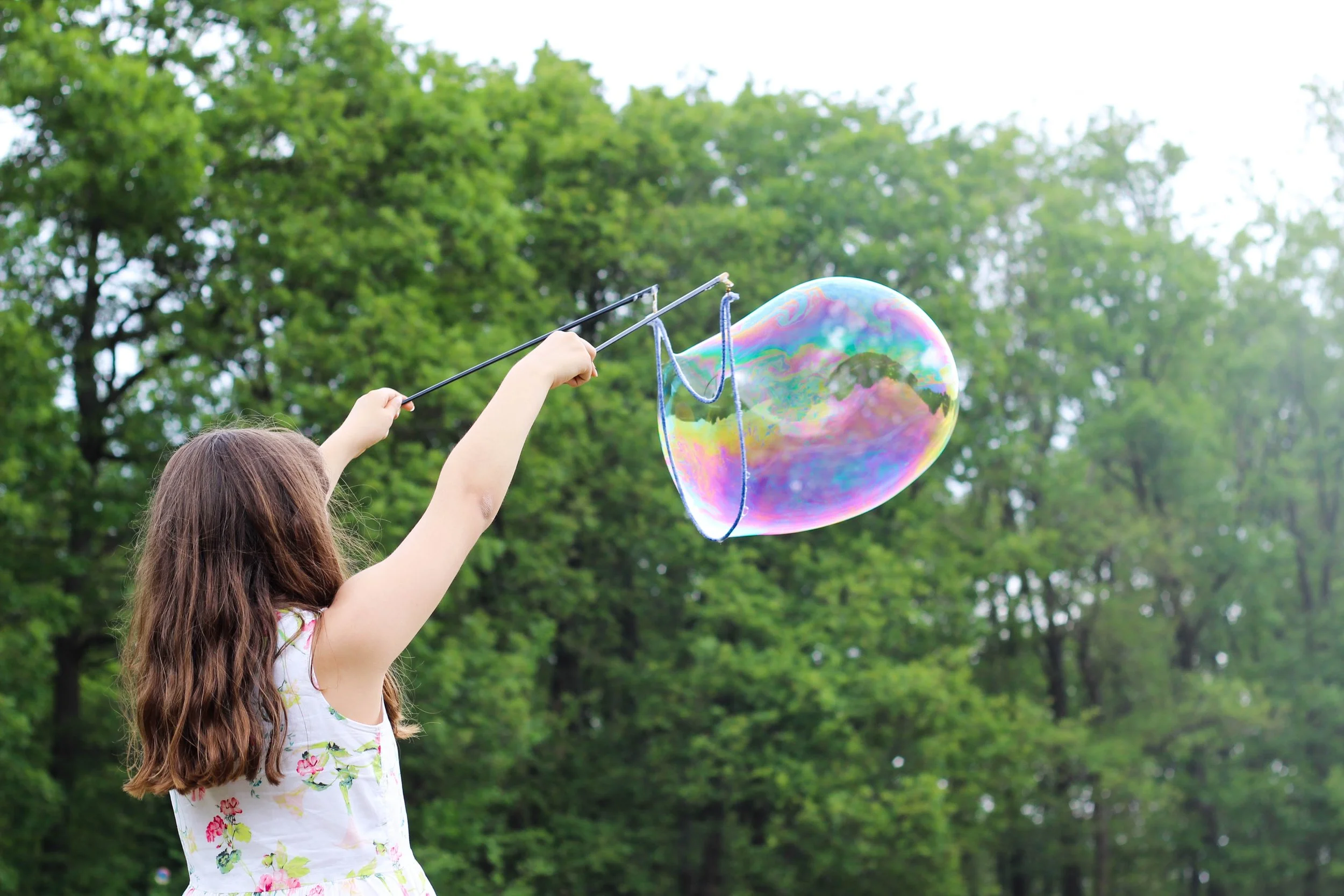Literature often refers to the challenges that children with autism can have with concentration, yet for Garretson et al (Journal of Autism and Developmental Disorders, 1990), “autistic children's difficulties in sustaining attention on imposed tasks may be attributable partly to a developmental delay and partly to the motivational contingencies of task rather than to a primary impairment in the ability to sustain attention.” The basepoint when it comes to increased concentration, is motivation - which is not a product of external influence, but rather, a natural result of the child’s inner desire to achieve a goal, and their belief that they are capable of doing it. By creating an optimal learning environment and establishing a routine that works, big improvements can be made in terms of concentration.
Selecting the Right Environment
Creating the right space is important for anyone who finds concentration a challenge - thus, it is as much a priority for children and adults with ADHD, as it is for those with autism. To improve focus, make sure your child is in a calm, quiet, appealing environment. Try to create a specific work area that is free of clutter, that is not frequented by other members of the family, and that has a minimalistic yet cosy feel to it. By working in the same location every day, your child can improve her ability to complete set tasks. Allow your child to select their special place; it could be in an outdoor setting in the garden, or a quiet room in the house with a special study desk. Wherever it is, ensure that distractions such as smartphones and tablets (in the case of older children) or toys (for younger children) are out of view.
Releasing Pent-Up Energy
Physical activity not only rids your child of accumulated stress; it can actually enhance memory, according to ‘spaced learning’ theory. The latter espouses that taking between mental tasks ensure that the brain is not overburdened with information. Give your child the opportunity to play sports or let off some steam on a trampoline or swimming pool before sitting down to do the day’s homework.
Set Positive, Pleasure-Oriented Goals
Use music, role plays, or reading, to hold your child’s attention for longer. Some children concentrate very well when information is provided to them in song form; others prefer a more reflective approach in which both teacher and student take turns reading. Howard Gardner’s Theory of Multiple Intelligences points out that absolutely everyone has their own preferred learning style. Your child might be an active learner, preferring to take Montessori-style maths ‘toys’ in their hands rather than learn using pen and paper; another child may prefer using pictures and images; still others may use song to memorize or make greater sense of new information.
Helping your child concentrate involves discovering their inner motivation, providing them with a peaceful working space and ensuring they have an avenue to release stress and energy. By working out learning methods that are pleasurable and rewarding for your child, concentration will come naturally and, at time, easily.
This article is a guest (freelance) contribution from Jane Sandwood.
SASSNA has only conducted a general review of the article for appropriateness. SASSNA has not verified all statements in the article, and SASSNA does not endorse or warranty statements in the article.

